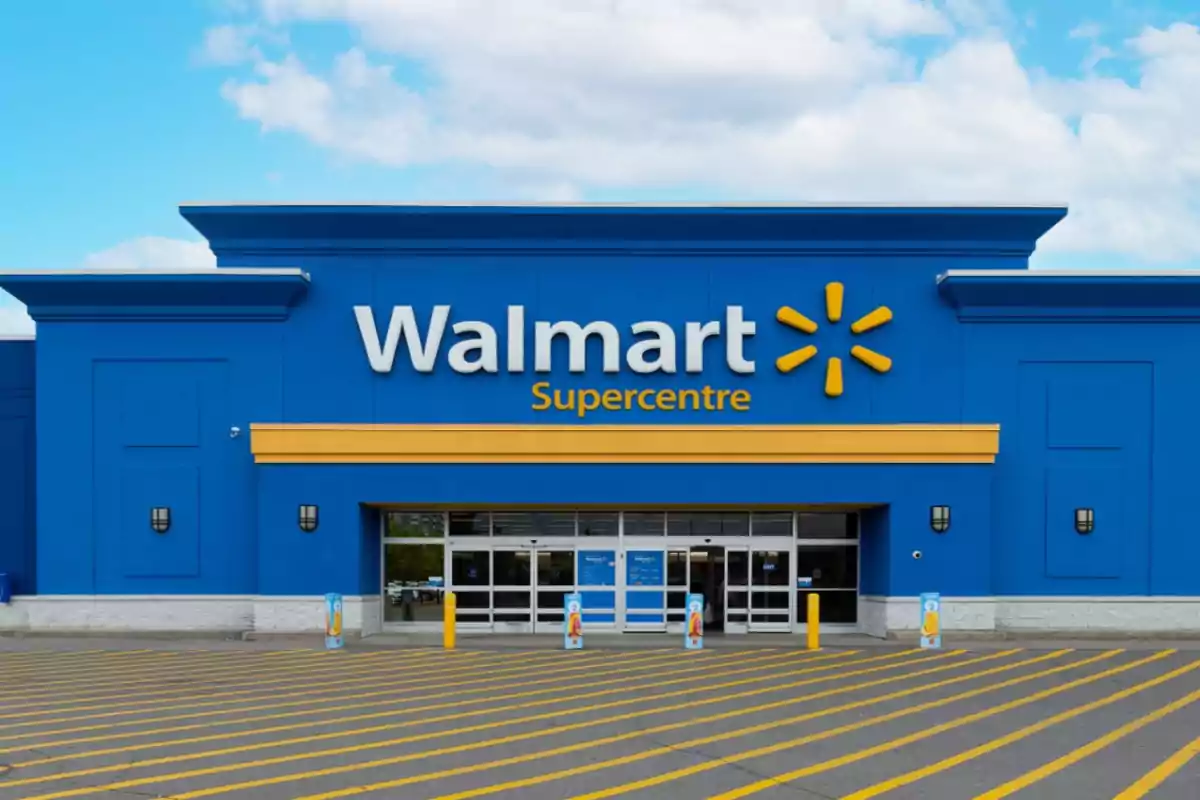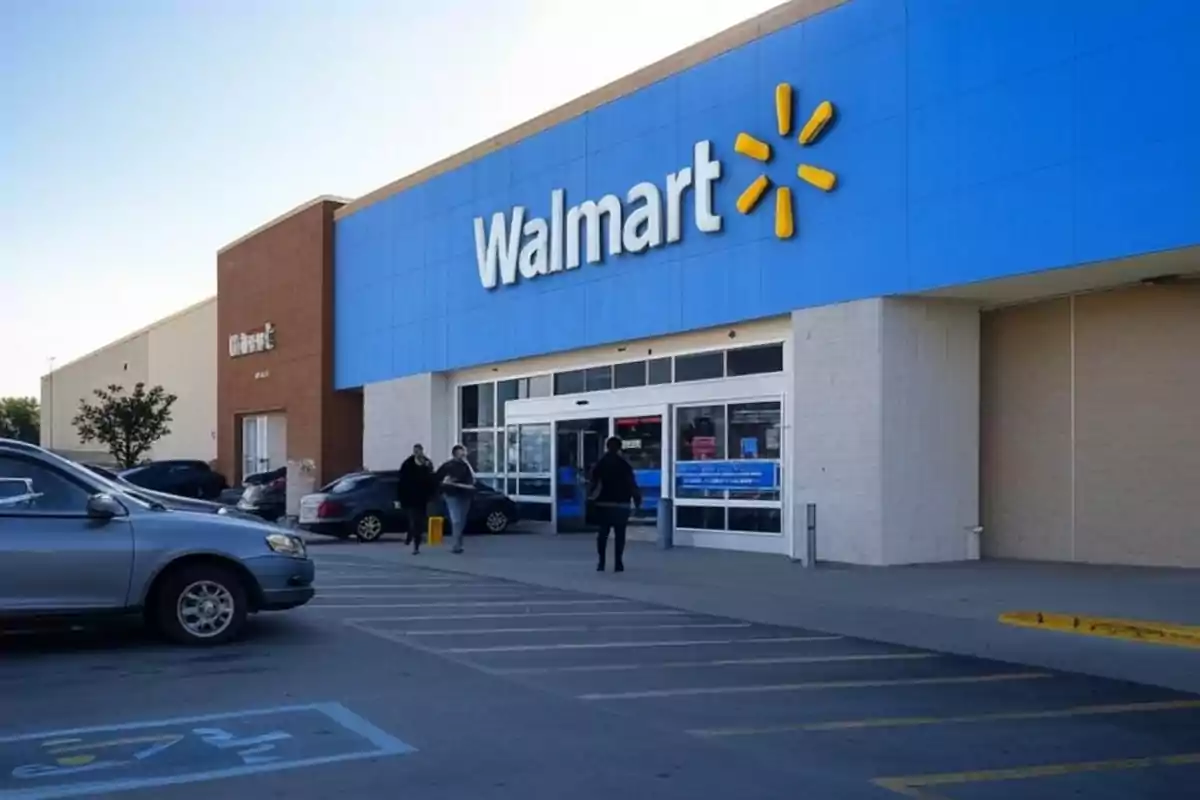Walmart continues its modernization process to improve the shopping experience in its stores. In its latest update, the company has revealed significant changes in its payment and checkout systems, aiming for a more efficient experience for its customers. These changes will begin to be implemented in the coming weeks and are expected to be fully operational before the end of 2025.
The update aims to reduce wait times and streamline the payment process, both at traditional and self-checkout lanes. Customers will experience faster transactions, which will facilitate shopping during peak hours. With this, Walmart also seeks to reduce crowding inside its stores and offer greater convenience to its users.

A Faster and More Secure Payment System, and More Innovation in Self-Checkout Lanes
This new payment system represents an important step for Walmart, which has highlighted security and efficiency as its main features. Users will be able to make their purchases more quickly thanks to better integration with credit cards and mobile payment platforms. Additionally, the company has confirmed that solutions like Apple Pay and Google Pay will be included, making it easier for consumers to choose the most convenient payment method for them.
Mobile payment platforms are gaining ground, especially among younger shoppers, who seek faster and contactless transactions. Thus, Walmart is betting on a system that not only aligns with new technological demands but also ensures more secure payments. Something that is essential in the current context.
On the other hand, self-checkout lanes will also receive a significant update, improving their interaction with users. These systems, which are already a key part of the shopping experience, will allow consumers to scan products and complete their purchases more quickly. With the new technology, the process will be smoother, reducing lines during peak hours.
This update is especially relevant because many customers prefer to use self-checkout lanes to avoid direct interaction with cashiers, something that increased significantly during the pandemic. Thus, Walmart continues to adapt to the changing needs of consumers and optimize shopping time in its stores.

Better Synchronization with Digital Platforms
Another relevant aspect of this improvement is the integration with Walmart's digital platforms. The new system will be closely linked with the company's mobile app and website, facilitating easier management of purchases both online and in physical stores. This synchronization will enhance the omnichannel shopping experience, allowing customers to track their purchases and manage their payments efficiently.
With this improvement, Walmart also hopes to facilitate the purchase and collection of products more quickly, in response to the growing demand for integrated shopping experiences. Consumers increasingly value the ability to manage their purchases smoothly between physical and digital stores.
With these advances, Walmart shows its commitment to innovation and leadership in the sector. This move is part of a broader strategy to remain competitive against e-commerce giants like Amazon. Without a doubt, Walmart has decided to adapt quickly to continue meeting consumer expectations.

